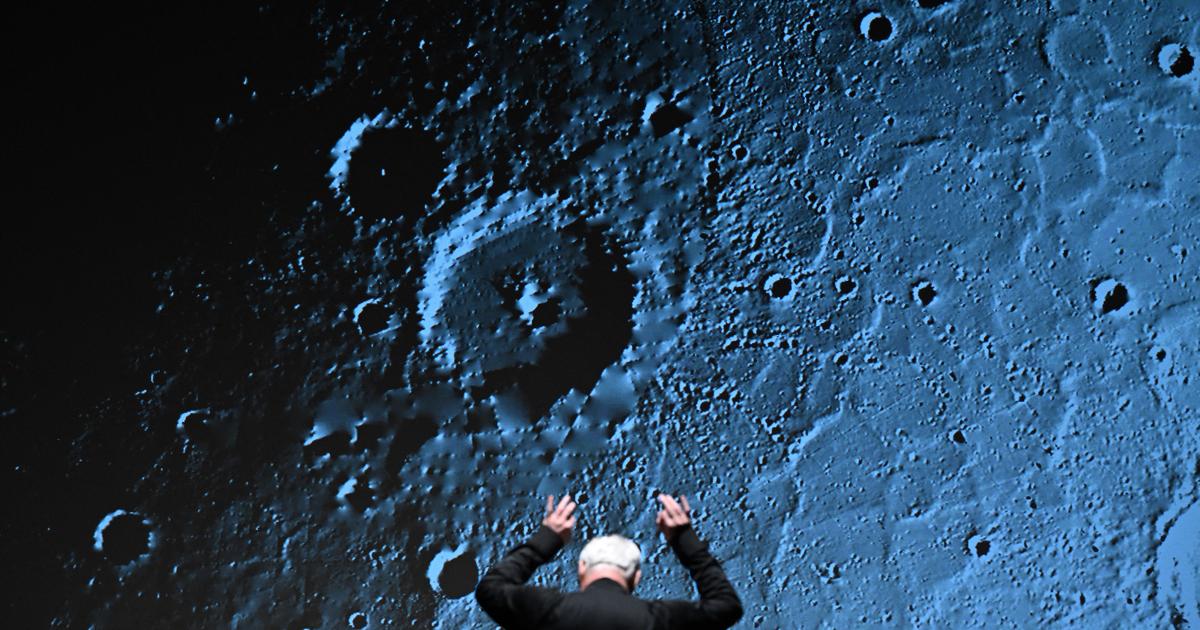It could be the ultimate union between science and music: a new "space symphony" illustrated with NASA's latest stunning images. The premiere of Cosmic Cycles, which its composer, American Henry Dehlinger, describes as "an almost total work of art," was held last week in Washington.
«
It's not just music, not just images," he said before the first concert. "It's more of an immersive experience." A similar effort was undertaken more than a century ago by the English composer Gustav Holst, with his famous work The Planets. But at the time, in astronomy, much remained to be discovered.
Since then, humans have walked on the moon, sent rovers to Mars, and launched incredibly powerful telescopes into space. The images were chosen by the US space agency and organized into seven short films, which served as inspiration for Henry Dehlinger. "I almost had to pinch myself to remind myself that this was not science fiction, but real science," he said.
Piotr Gajewski, music director and conductor of the National Philharmonic in Maryland, explained that NASA had been put at the center of the process. "Rather than offering them a musical work and pasting images on it, they started by assembling the videos," from "their best work," he detailed. For Wade Sisler of NASA's Goddard Space Center, the result is up to the challenge. "It's a different adventure than any I've helped undertake before," said Wade Sisler, 64.
NASA unveils a house to simulate life on Mars
"Like Van Gogh paintings"
The symphony, in seven movements, begins in the heart of the solar system, with our Sun - images of its swirling surface, and explosions throwing particles into the vacuum of space. The next two movements focus on the study of our own planet, notably through images taken by astronauts in orbit.
Also scattered throughout the show: "a fascinating collection of data visualizations," says Wade Sisler. The ones on ocean currents, for example, "look like Van Gogh paintings when you set them in motion. The colors are beautiful, you see patterns appear that you had not been aware of before.
»A fourth part on the Moon is followed by portraits of each planet in the solar system – including images of the Martian surface taken by the robots sent there. The symphony even looks at asteroids, before a majestic finale, around nebulae and black holes. NASA made the videos available on its YouTube page, along with a digital version of its soundtrack.
See alsoThe Artemis mission puts the Moon back within reach of NASA
'A great mystery'
It was decided not to fully synchronize music and videos, but to be more "fluid", explained conductor Piotr Gajewski. This approach allows him to create "different moments with each performance". Knowing that these images and space missions are real is striking for the audience, according to Wade Sisler, in the digital age where "you can make anything appear with artificial intelligence."
«
People are interested in real results, and they're like, wow, we really went to see this asteroid," he said. The beauty of these grandiose images makes them perfect companions for orchestral works, according to Piotr Gajewski. "What makes you suddenly move when you hear one type of music, or proud when you hear another?" he asks. "It's a big mystery, and of course space is the other big mystery, so they complement each other very well.
»
